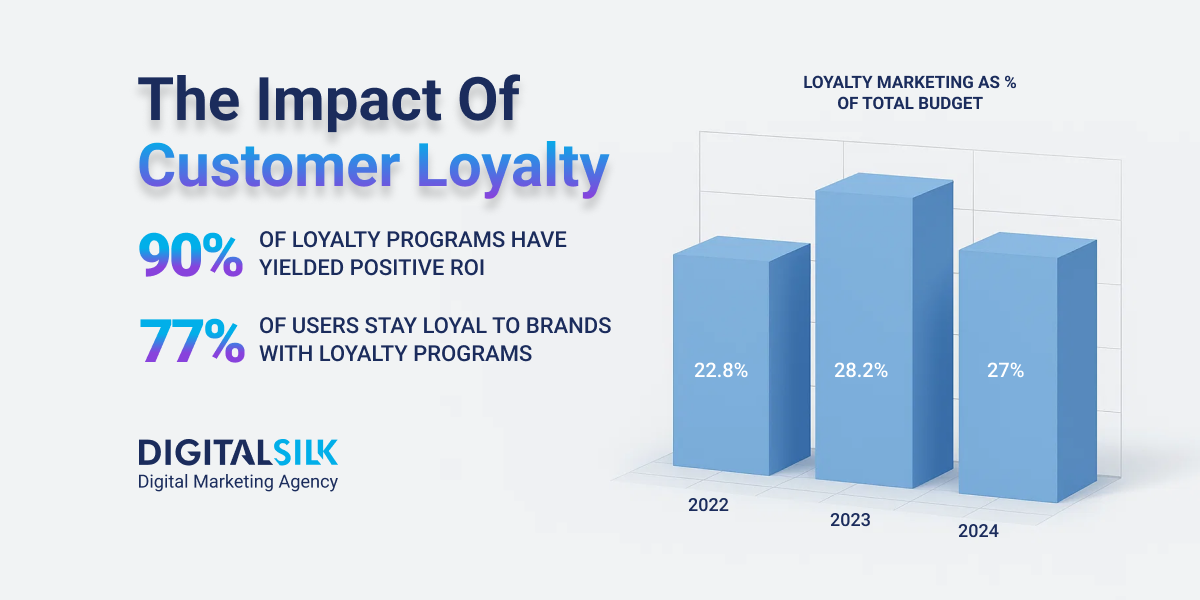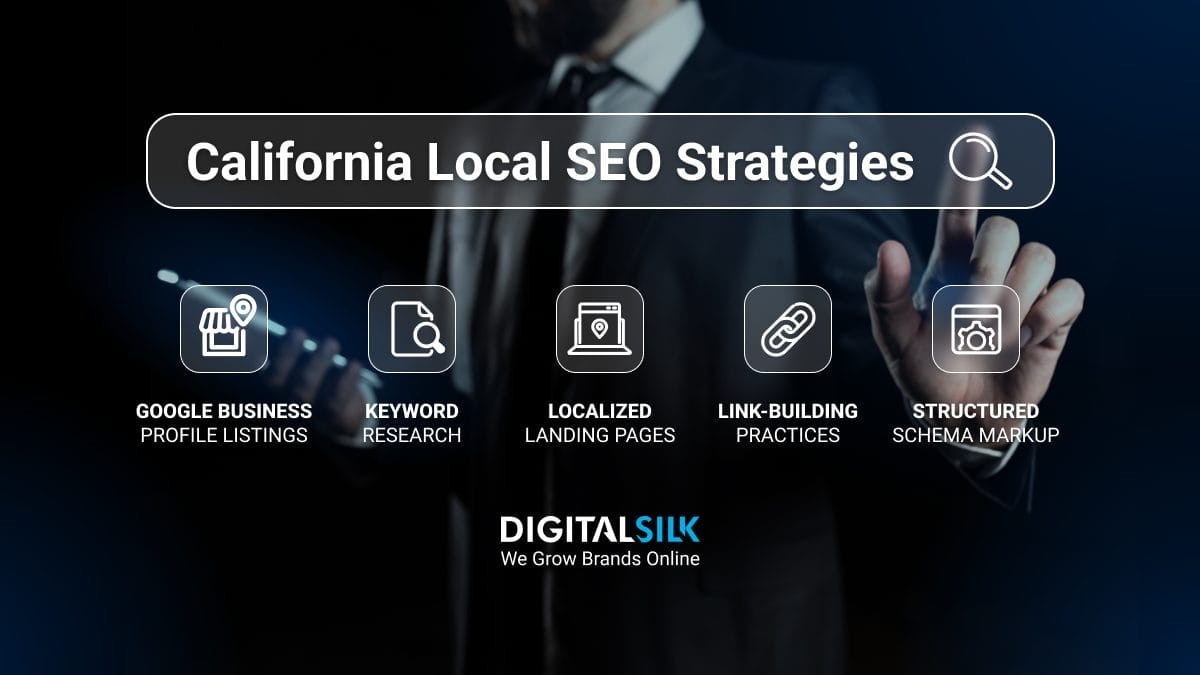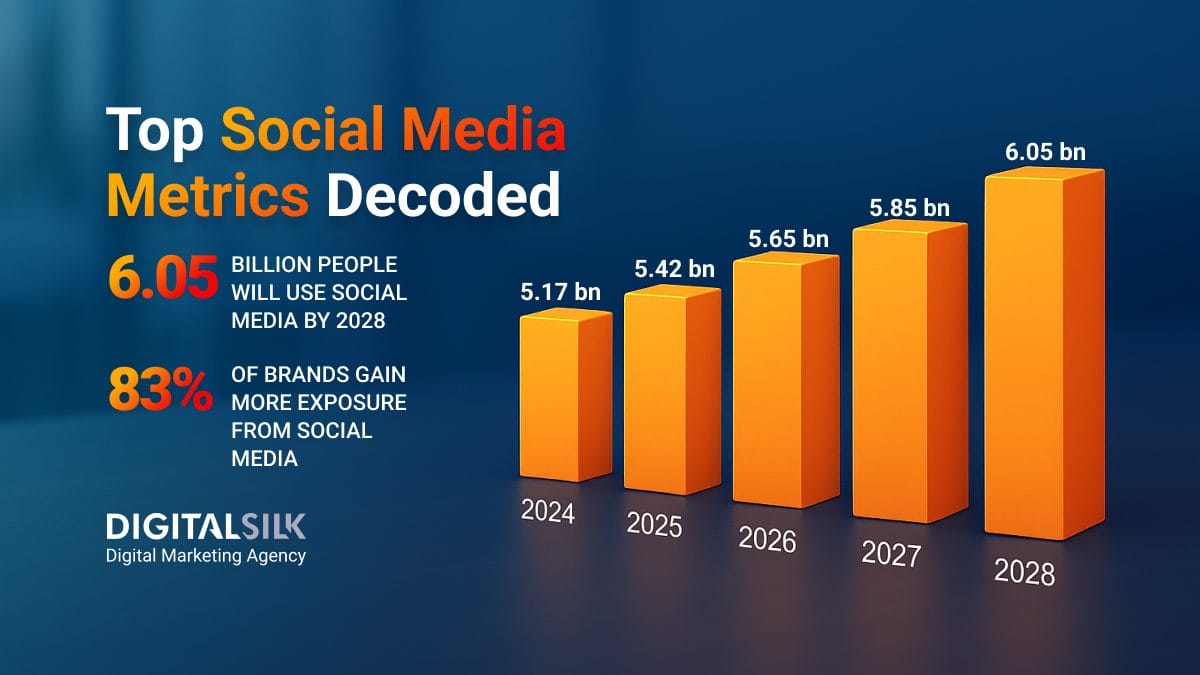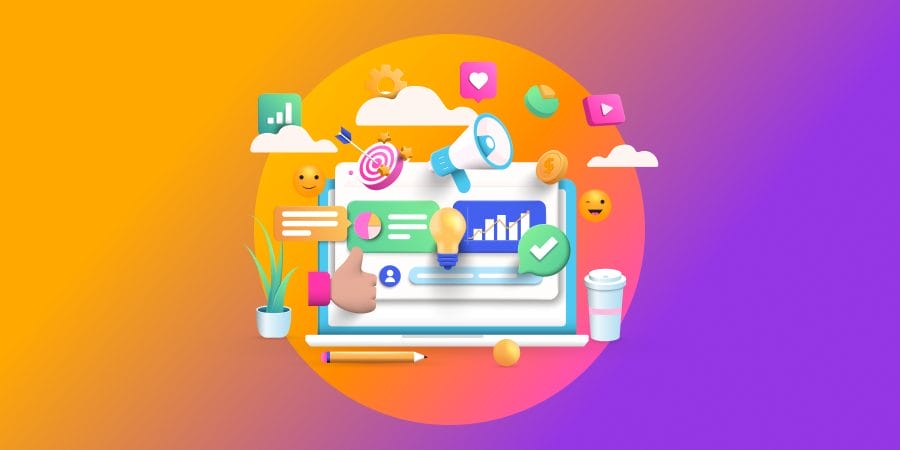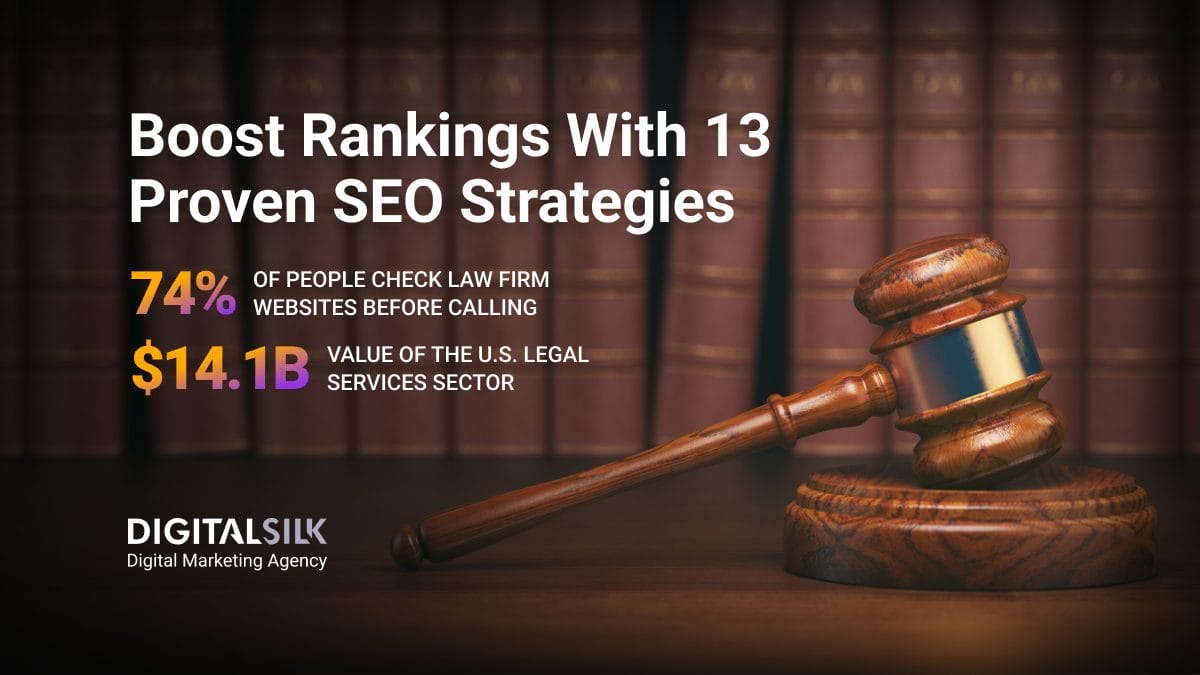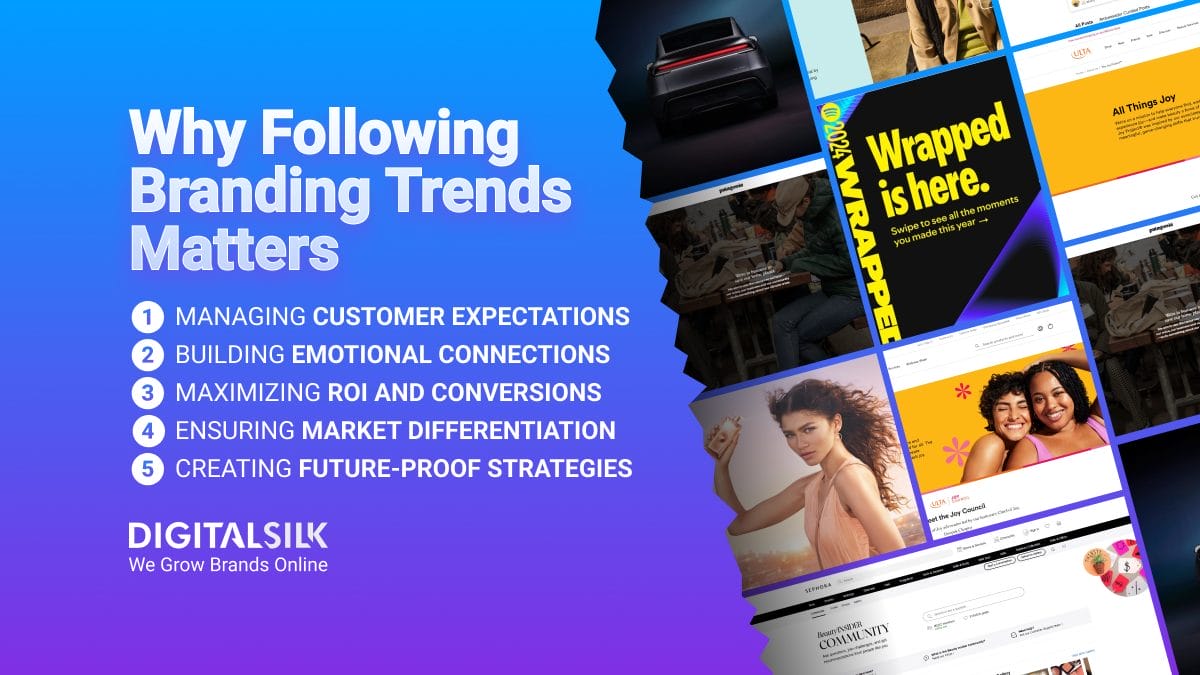Customer Loyalty Statistics: Key Highlights
-
70% of consumers participate in paid loyalty programs and nearly half of non-members would join for the right offer.
-
90% of loyalty programs delivered positive ROI, with top performers earning 4.8x more than they cost.
-
89% of users are willing to share personal data in exchange for loyalty rewards and membership perks.
What makes someone sign up for a loyalty program, then never use it again?
In 2024, U.S. consumers were enrolled in an average of 19 loyalty programs, but actively used only 9.3, which highlights engagement challenges and opportunities for activation-focused strategies.
That gap isn’t just a numbers problem, as it reflects a growing disconnect between what brands think drives loyalty and what actually does.
In this post, we’ll share 60 customer loyalty statistics covering overall participation, loyalty program effectiveness and emerging strategies brands use to build long-term relationships with their audiences.
General Loyalty Program Statistics
Loyalty programs are a powerful influence on how consumers shop and interact with brands.
People are willing to share data, change shopping habits and even pay for access when the rewards feel worth it.
The loyalty program data below highlights the features customers care about most and how these programs impact long-term engagement and conversions.
- 90% of customers are willing to interact with a brand if it offers incentivized engagement.
- 71% of consumers switch from one brand to another that offers better incentivized engagement.
- 89% of users are willing to share personal data in exchange for loyalty points or rewards.
- 70% of consumers participate in paid loyalty programs, while almost half of those who don’t currently participate in one would pay for membership if they received the right offer.
- 64% of users say cashback on purchases is their top loyalty reward, followed by 58% of consumers who prefer freebie products, gifts or samples.
- 65% of U.S. consumers believe they should be able to redeem rewards whenever they want.
- 55% of users consider easy reward earning a key aspect of loyalty programs.
- Coupons for special offers are the leading type of discount and loyalty program, used by 40% of U.S. consumers.
- 30% of users sign up for a company’s newsletter to join its loyalty scheme.
What These Numbers Mean For You
- Incentives drive behavior. Customers are quick to engage or switch brands when meaningful rewards are on the table.
- Loyalty programs double as data strategies. Consumers are willing to share personal information, but only if the value exchange is clear.
- Paid loyalty is a growth lever. Many shoppers are open to membership fees when the benefits are compelling and immediate.
Loyalty Program Stats By Industry
Customer loyalty programs play a central role in how businesses across industries retain and engage their customers.
Each sector approaches loyalty differently, shaped by consumer expectations, purchase behavior and competitive pressures.
The customer loyalty program statistics below outline how loyalty strategies are implemented across industries and where brands are focusing their efforts.
Retail
- 85% of U.S. adults belong to at least one retail loyalty program.
- 73% of shoppers prioritize brands or retailers that offer or accept loyalty programs.
- 47% of customers worldwide enrolled in loyalty programs offered by grocery stores and supermarkets.
- 45% of consumers are likely to join a paid subscription for groceries and food.
Hospitality & Travel
- 89% of travelers depend on loyalty points to support their travel lifestyle.
- 67% of consumers see airline miles as the top reward to support their travels.
- 43% of users would be forced to downgrade accommodations without travel perks.
- 61.58% of travelers want hotel stays to yield higher reward earnings.
- 52.18% of members think hotels need to diversify their reward redemption offerings.
Food & Beverage
- 57% of restaurants run loyalty programs to retain customers.
- 41% of consumers are influenced by loyalty programs when selecting restaurants.
- 48% of consumers aren’t enrolled in restaurant loyalty programs because they have no information on the programs they offer.
- Only 26.1% of respondents said their most-visited restaurant offers a loyalty program.
eCommerce & Direct-To-Consumer (DTC)
- More than 83% of consumers say that joining a loyalty program impacts their choice to buy from the same brand again.
- 70% of U.S. consumers would join a company’s loyalty program to receive free shipping perks.
- 49% of U.S. shoppers will download a brand app specifically to access loyalty promotions or exclusives.
What These Numbers Mean For You
- Improve program visibility: Identify weak spots in awareness. Use in-store cues, app prompts and onboarding emails to clearly communicate program value.
- Customize for your category: Structure your program based on what your audience expects in your specific industry and differentiate from direct competitors.
- Use digital as a loyalty engine: Treat your app or website as the central loyalty channel with features like exclusive offers, reward tracking, and personalized promotions.
Loyalty Program Trends According To Marketers
While many marketers feel confident in their loyalty strategies, customer loyalty data suggests there may be a gap between what brands prioritize and what customers truly value.
Marketers often focus on engagement and ease of management, but the customer experience tells a more complex story.
The following trends reveal how marketing professionals view loyalty programs, what goals drive their efforts and where future investments are headed.
- 70.08% of U.S. marketing professionals are satisfied with their loyalty programs.
- 62.1% of marketers say fostering deeper engagement with customers is the main reason why they’re satisfied with their loyalty programs.
- 21.8 is the average number of professionals actively involved in loyalty program management.
- Ease of program management is the top value in a loyalty technology solution, according to 28.8% of marketers.
- 60% of professionals cite improving overall customer lifetime value (CLV) as their top loyalty marketing goal.
- 58% of marketers plan to invest in more personalization for their loyalty programs in 2025.
- 43% of marketers think gamification will be the most influential factor in customer loyalty over the next two to three years.
- 46% of U.S. brands offer loyalty programs to improve brand relationships with their target audience.
What These Numbers Mean For You
- Customer value must lead strategy. Marketers may prioritize engagement, but customers respond to real benefits and usability.
- Personalization is a growing expectation. Future efforts should move past basic segmentation and focus on creating fully tailored experiences.
- Loyalty requires alignment. Large teams and complicated management setups point to a need for more defined objectives and better cross-functional collaboration.
The Effectiveness Of Loyalty Programs
How much do loyalty programs increase sales?
The ones that perform well don’t just keep customers coming back, but they drive significantly more revenue than they cost.
Top brands are allocating substantial portions of their marketing budgets toward loyalty, and the results speak for themselves.
The loyalty program stats below highlight how effective these strategies can be, revealing their impact on ROI, customer behavior and overall brand growth.
- 90% of loyalty programs yielded positive ROI.
- Loyalty programs with positive ROI generated 4.8x more revenue than they cost.
- Businesses invested 27% of their total marketing budget to customer loyalty and customer relationship management (CRM) in 2024.
- 75% of members in high-performing loyalty programs adjusted their behavior to deliver greater value to the business.
- 69% of consumers say loyalty programs are the most effective way to increase brand preference and encourage repeat purchases.
- 34.8% of marketers reported seeing a 5x to 7x return on investment from their loyalty programs.
- The loyalty management market is projected to reach $25.4 billion by 2029 at a CAGR of 17.3%.
What These Numbers Mean For You
- Loyalty programs directly contribute to revenue growth. Focus on measuring ROI and connect loyalty program metrics to revenue results to support ongoing investment.
- Customer behavior changes when the program delivers. Create programs that encourage valuable customer behaviors, not just frequent visits.
- Loyalty programs shape brand preference. Use loyalty as a competitive differentiator by offering rewards that directly influence purchase decisions.
Brand Loyalty Statistics
Brand loyalty depends on trust, value and the quality of each interaction.
Even the most loyal customers can be lost after a single bad experience, while strong rewards and premium programs can keep them coming back, even at higher prices.
The customer loyalty statistics below reveal what influences loyalty, why customers stay or leave and how brands can build stronger, lasting relationships.
- 95% of customers are more inclined to stay loyal to brands they trust.
- Without trust, 90% of U.S. shoppers will walk away from a potential purchase.
- Band-Aid ranks at the top for most trusted brands the U.S. with 60.6% of consumers, followed by UPS with 57.2%.
- 88% of satisfied premium loyalty members prefer their chosen brand over competitors, even if other options are cheaper.
- 83% of those users say that enrolling in a loyalty program encourages them to continue shopping with the brand.
- 70% of members would refer brands to others if the loyalty programs provide genuine value.
- 78% of customers say they discover the reasons they stay loyal to a brand only after making their first purchase.
- 77% of people would become long-term customers of a brand if it offers a loyalty program.
- 69% of customers will use apps more often because of rewards and incentives.
- 59% of consumers show their loyalty to brands by shopping with them frequently.
- 52% of users have switched from brands they were loyal to due to a bad experience.
- 67% of men describe themselves as brand-loyal, compared to 59% of women.
- 50% of consumers would like brands to provide more attractive discounts or coupon codes to win back lost customers.
- 48% of a merchant’s highest-spending customers lack loyalty, spending 79% of their category budget with competitors.
What These Numbers Mean For You
- Trust is the foundation of loyalty. Invest in transparency, consistent service and brand integrity to earn and keep customer trust at every stage of the user journey.
- First impressions shape long-term loyalty. Focus on delivering immediate post-purchase value, since most customers decide why they stay loyal only after buying.
- Even top spenders are at risk. Identify and re-engage high-value customers who split their spending, using targeted offers and personalized outreach to close the loyalty gap.
The Role Of AI In Loyalty Program Benchmarks
The growing popularity of AI is starting to reshape how brands design and deliver consumer experiences.
As companies explore new ways to personalize rewards and streamline engagement, not all consumers feel the same level of comfort or enthusiasm.
The loyalty program research below highlights where AI is gaining traction, how shoppers are responding and what challenges brands may face as they adopt new technologies.
- Users in the United Arab Emirates are the most willing to join AI-powered loyalty programs, with 83.8% of consumers open to it, compared to just 34.1% in the U.S.
- 53% of shoppers believe their overall shopping experience would improve if rewards or loyalty benefits were automatically applied at checkout.
- 49.5% of U.S. companies plan to use AI in their loyalty programs.
- 43% of users feel optimistic about the future of AI as part of rewards programs.
- 38% of customers don’t feel comfortable with brands using AI technology for more personalized experiences.
What These Numbers Mean For You
- Adoption must align with consumer readiness. While global interest in AI-powered loyalty is rising, U.S. consumers remain cautious, so you should focus on building transparency and educating users to drive acceptance.
- Automation creates competitive advantage. Enabling automatic rewards at checkout is a clear opportunity to reduce friction and boost satisfaction.
- AI investment is accelerating. With half of U.S. companies planning implementation, falling behind could mean lost ground in personalization and loyalty performance.
Top Loyalty Metrics To Measure Success
Customer loyalty is a measurable driver of margin, retention and long-term growth.
The right metrics give you clarity on what’s working, where value is being created and where your program might be falling short.
- Customer Retention Rate (CRR): Shows how well you’re keeping customers over time, helping you gauge whether loyalty efforts are delivering value.
- Customer Lifetime Value (CLV): Measures the total revenue a customer brings in across their relationship with your brand, giving clarity on where to invest.
- Redemption Rate: Indicates how often rewards are actually used. A low rate may suggest customers don’t see enough value in the program.
- Net Promoter Score (NPS): Captures the likelihood of a customer recommending your brand, offering a simple view into trust and satisfaction.
- Repeat Purchase Rate: Tracks how often customers return to buy again, revealing the strength of post-purchase engagement.
- Engagement Rate: Looks at how frequently customers interact with your loyalty program, signaling how relevant and timely those experiences really are.
How B2B And B2C Loyalty Programs Differ
Loyalty looks different depending on who you’re trying to reach.
Selling to consumers and selling to businesses call for fundamentally different strategies.
Both aim to build long-term relationships, but the way you earn trust, drive repeat engagement and measure value varies widely.
B2C Loyalty Traits
In B2C loyalty programs, the focus is on emotional connection and convenience.
These programs are designed to incentivize frequent purchases and create a sense of brand affinity through engaging, easy-to-use experiences.
- Emotionally driven: Consumers respond to exclusivity, recognition and fast rewards that make the experience feel more personal.
- Reward-based incentives: Offers like discounts, cashback and free shipping give customers a clear reason to choose your brand again.
- Gamification: Points, tiers and challenges add momentum and give customers a reason to stay involved beyond the transaction.
- Mobile-first: Loyalty lives in apps, where customers check balances, activate offers and interact with brands on their own terms.
- Shorter sales cycles: Programs aim to increase purchase frequency and basket size through regular touchpoints and easy engagement.
B2B Loyalty Traits
B2B loyalty programs focus more on logical value and long-term relationship management.
The goal is to increase contract renewals, share-of-wallet and customer lifetime value (CLV) over time.
- Logic-driven: Buyers stay loyal to partners who help them reduce risk, improve efficiency or deliver a clear return.
- Service-oriented perks: Businesses value volume pricing, early access to features, flexible terms and support that reduces internal effort.
- Relationship-based: Loyalty depends on reliability, responsiveness and the ability to adapt to evolving priorities over time.
- Longer sales cycles: Loyalty strategies need to focus on retention, expansion and reducing churn, not just repeat purchases.
- Measurement-focused: Teams track success through renewal rates, revenue per account and how well you grow inside key relationships.
- What’s most important: B2B customers expect tailored support, not just personalized marketing. They value strategic alignment more than superficial engagement.
What These Differences Mean For You
If you’re designing a loyalty program for business customers, you’ll need a different approach than consumer brands.
While discounts and gifts may work in B2C, B2B loyalty hinges on how well you can help your customers achieve operational or financial success over time.
The tactics may differ, but the underlying question stays the same: are you giving customers a reason to stay that goes beyond the transaction?
When loyalty works, it shows up in repeat behavior, stronger margins and relationships that compound in value year after year.
Boost Customer Loyalty With Digital Silk
Loyalty is driven by how well a brand understands and responds to customer behavior in real time.
Programs that deliver flexible rewards, adapt to changing preferences and integrate seamlessly into the buying journey are seeing the strongest returns.
Recent customer loyalty stats highlight a growing gap between what brands offer and what customers actually value.
Closing that gap requires smarter use of data, stronger program design and a clear commitment to long-term customer relationships.
Digital Silk’s experienced team helps brands bridge this gap by designing loyalty strategies that align with customer expectations and drive measurable business outcomes.
As a recognized web design agency, our services include:
- Digital marketing
- SEO services
- Social media marketing
- PPC advertising
- Email marketing
- Branding services
Need expert help to increase customer loyalty and retention?
Contact our team, call us at (800) 206-9413 or fill in the Request a Quote form below to schedule a consultation.
"*" indicates required fields


